*This post doesn't display fully in the email, so be sure to read it in the Substack app or on your desktop! I highly recommend downloading the app for the complete experience.*
I love The Legend of Zelda series with all my heart, and it’s hard to imagine my life without it. My affection for the games has become such an integral part of who I am. When I was around six or seven years old, my older cousin, who was an intense gamer, had a Nintendo 64 and Ocarina of Time, which quickly became my favorite game at the time. I was hooked by the storytelling, the lovable characters, and the time travel part. I'd never seen a game like it before. I didn't know a video game could be both so frightening and yet so endearing at the same time.
Back then I didn’t own my own game consoles, so whenever I slept over at my older cousin’s house, watching him play was the highlight of my stay. There was one time where I asked him to play Ocarina of Time (probably for the 15th time), but he wanted to play a different game instead, and my brain couldn’t understand why. I was devastated and ended up crying, hiding under the dining room chairs until my aunt intervened and made him play the game I wanted. As I write this, it feels a little crazy to look back on, but I am an only child, so forgive me for being slightly dramatic! Blessings to everyone involved in that moment.
In 2002, my cousin surprised me on Christmas with my first game console, the Nintendo GameCube with The Legend of Zelda: The Wind Waker and Animal Crossing. My life was forever changed. I no longer had to visit my cousin’s house to explore Hyrule. I could now dive into the world of Zelda whenever my heart desired it (it was a lot).
As I’ve gotten older my love for the franchise never faded. When I landed my first big office job in New York I knew exactly how I wanted to celebrate (especially after many weeks of daunting interview rounds). Right after my first day, I walked over to Best Buy in Union Square and picked up a yellow Nintendo Switch Lite and The Legend of Zelda: Breath of the Wild. I hadn’t even received my first paycheck yet, but I was already thinking, “Whatever I’ll make that money back!”. I’ll admit, I was a bit late to the party as Breath of the Wild released in 2017, but I didn’t get my hands on it until 2019. When the sequel The Legend of Zelda: Tears of the Kingdom came out in 2023, I preordered it online weeks in advance so I don’t have a sentimental story about that one. But it equally consumed my life. I was on a date with a guy earlier this month, and we spent an hour and a half at an empty diner in Los Feliz at two a.m. talking about Zelda games while sharing a chocolate milkshake (hi if you’re reading this). My love for the game has no limits.
If you've played Breath of the Wild or Tears of the Kingdom (which are the two games I’ll focus on), you’ve likely spent hours running through expansive landscapes that seem endless, battling a variety of moblin monsters, and getting frustrated with puzzles that you swear you’ll figure out without resorting to YouTube. But if you’ve ever taken a moment to slow down and appreciate the scenery, you’ve probably noticed the vibrant flowers scattered throughout the land (they’re hard to miss).
It’s clear that many of the flowers in The Legend of Zelda games are inspired by real-world flora. Flowers have always played a key role in the gameplay, whether it’s boosting Link’s stealth, enhancing his health, or helping him in battle. As someone who loves and appreciates flowers, I’ve always been captivated by the beauty and the small details embedded in these often overlooked elements of the series. It's one of the reasons I’ve poured hundreds of hours into these games. The vast, never-ending landscapes are endlessly distracting, but it's the flowers that keep me coming back for more.
I hope I haven’t lost anyone with all this talk about The Legend of Zelda, but I’m hoping this newsletter finds an audience who shares my love for the game. Even if you’re not a fan, I hope you’ll stick around to read, or better yet, dive into the game ASAP! If you’re not familiar with the game at all, some of this might sound like gibberish, but I’ve done my best to link relevant keywords and include visuals to help everything make sense. So, let’s take a deeper look into the world of Hyrule together!
The Flower Lady
There are shrine quests in Breath of the Wild; there are 120 in total, but 42 are hidden and only become available following the completion of shrine quests, which are usually in the form of a puzzle or riddle.
One of my favorite Shrine Quests is called “Watch Out for the Flowers.” Magda is a woman who lives in Floret Sandbar, which is a small island near Hylia River, and she will tell you to not step on the flowers. If you step on the flowers or damage them in any way, your position will be reset, preventing Link from reaching the shrine. If you do it three times, Link will face her full fury, resulting in a longer cut scene and him taking damage. I know and have read online that some people despise or are scared of this cutscene (lol), but Magda is so real. I mean, I'd be furious if someone walked all over my flower garden, even if they are the Hero of Hyrule.
The Flowers of Hyrule
The Armoranth is a vibrant, bright purple flower with long, flowing tendrils. Its distinctive appearance makes it stand out in the environment, with a color that contrasts the more common greens and browns found in the world of Hyrule. The armoranth typically grows in fields, often in areas with rich, open grasslands or near certain settlements. The main function of the armoranth is its use in cooking. When consumed or used in cooking, it can boost Link’s defense levels. Specifically, it grants a defense boost for a period of time. This feature makes it especially useful in tougher battles where extra defense can make the difference.
In the real world, there is a flower called Amaranth, which is thought to have inspired the purple flower in Breath of the Wild. I recall reading on Reddit a while ago (though I can't find the post anymore) that the game developers named it "ARMORanth" because it’s associated with defending food. Amaranth has been a symbol of immortality and unfading love across many cultures, thanks to its ability to remain vibrant long after being cut. This might relate thematically to the defensive and enduring properties of the Armoranth in Breath of the Wild.
The Blue Nightshade is a small, vibrant blue flower that glows in the dark, making it easy to spot especially at night. When used in cooking, this flower boosts Link’s stealth abilities allowing him to move more quietly and avoid detection by enemies. This makes it particularly useful in areas filled with powerful enemies or when the player wants to bypass combat altogether. At night the game world shifts to reveal new challenges and opportunities, and the Blue Nightshade’s glow serves as a perfect symbol for the quiet, hidden aspects of this nocturnal environment.
The design of the Blue Nightshade clearly takes inspiration from the lily of the valley, a flower I personally love. Known for symbolizing the return of happiness, the lily of the valley is the birth flower of May and is often associated with purity, humility, innocence, and renewal. This fragrant woodland flower blooms in springtime. While Link can safely consume the Blue Nightshade in the game, the real-life lily of the valley is highly toxic to both humans and animals if ingested.
The Silent Princess was a rare and endangered flower that is beloved by Princess Zelda. A century before the events of Breath of the Wild, this flower could only be found in the wild, as it couldn't be grown domestically. These flowers are often found in places of remembrance, such as the Hyrule Castle Ruins, where they serve as a tribute to those lost to Calamity Ganon (also known as Ganondorf, the series' primary antagonist).
I believe the Silent Princess flower is a reflection of Princess Zelda herself. Just as the flower is bound to its environment, Zelda is trapped by her destiny to defeat Calamity Ganon, unable to live the life she yearns for. While she excels as a scholar with a deep passion for studying ancient technology, her father's expectations burden her, pushing her into a role she never wanted. This sense of confinement mirrors her struggle at the springs, where she must awaken her powers. Just like the Silent Princess, she falters in an environment that doesn’t align with her true nature.
The Silent Princess flower closely resembles Bluebells, which symbolize humility, constancy, gratitude, and everlasting love. Bluebells are typically deep violet-blue, bell-shaped with six petals that curve upward at the tips, much like the Silent Princess. According to folklore, if you turn a bluebell inside out without tearing it, you will win the heart of the one you love. Additionally, wearing a wreath of bluebells is said to compel you to speak only the truth. Much like the silent princess, bluebells embody a quiet strength and an enduring connection to love, truth, and the purity of the natural world.
The Swift Violet is a small, star-shaped flower with a vibrant purple hue that grows in the wild, often in high-altitude areas such as the Hyrule Ridge, Hebra Mountains, and Gerudo Highlands. When used in cooking recipes, it boosts Link's movement speed, making it useful for quickly traveling or escaping from enemies. Its bright purple color and delicate form make it easy to spot, but its growth in rugged, elevated areas reflects its connection to speed and agility.
The Swift Violet closely resembles a real-life Sweet Violet, both in appearance and name. Sweet violets are small, bell-shaped flowers with five petals, typically found in shades of purple, violet, and white, and are known for their fragrant aroma. These flowers grow in clusters at ground level, in meadows and woodlands. Unlike the Swift Violet, which thrives in high, rocky terrains, sweet violets grow in clusters at ground level.
In terms of symbolism, Sweet Violets are often associated with love, modesty, and remembrance. According to legend, a person can only smell sweet violets once, as they "steal" your sense of smell. While this is a myth, it is based on the fact that sweet violets contain beta-ionone, a chemical compound that temporarily shuts off smell receptors.
Sundelion are a species of flowers that are introduced in the latest game, Tears of the Kingdom. They grow in the sunlight on the Sky Islands and next to fallen debris and ruins that fell during the Upheaval.
The Sundelion closely resembles the real-world Daylily, and both share a symbolism of resilience and strength. Known for their hardiness, Daylilies thrive in a variety of conditions, blooming brightly in the sun to symbolize the renewal of energy and vitality. Similarly, the Sundelion boosts Link's stamina, helping him continue his journey through challenging terrain.
There are, of course, many more flowers featured in Breath of the Wild and Tears of the Kingdom, but this newsletter would be even longer if I covered every single one. Above is a visual guide to the flora of Hyrule, and here’s a link where you can read about the function of each flower.
Live-action films about video games in particular don't really appeal to me. They do seem a little jarring and always visually ugly to me, but I do hope the live-action Legend of Zelda film turns out well. However, I would actually rather that they not even create the film. Though I am interested to see how Link, the main protagonist, will be depicted given that he only grunts and yells in the games. I recently googled when the release of the movie is coming out, and to my surprise, there is an actual date. We’ll see how much it gets delayed and how disappointed I’ll be with the casting choices.
Love,
Iris


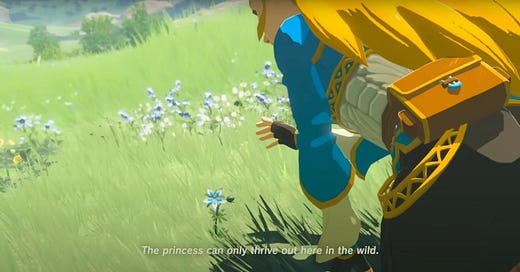









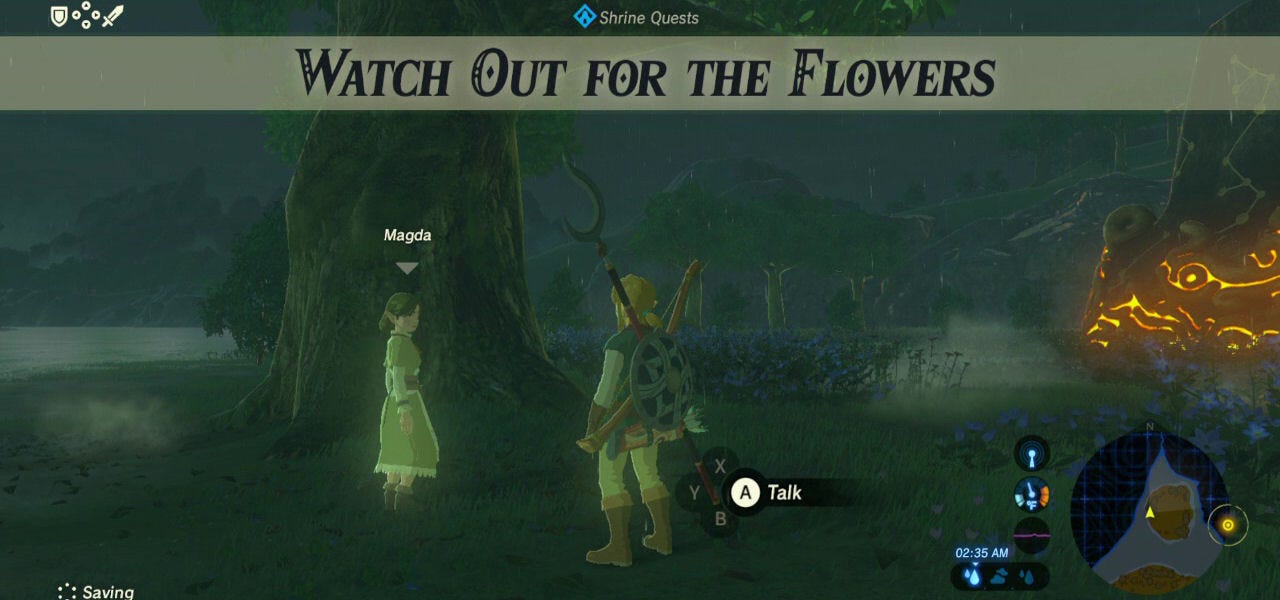
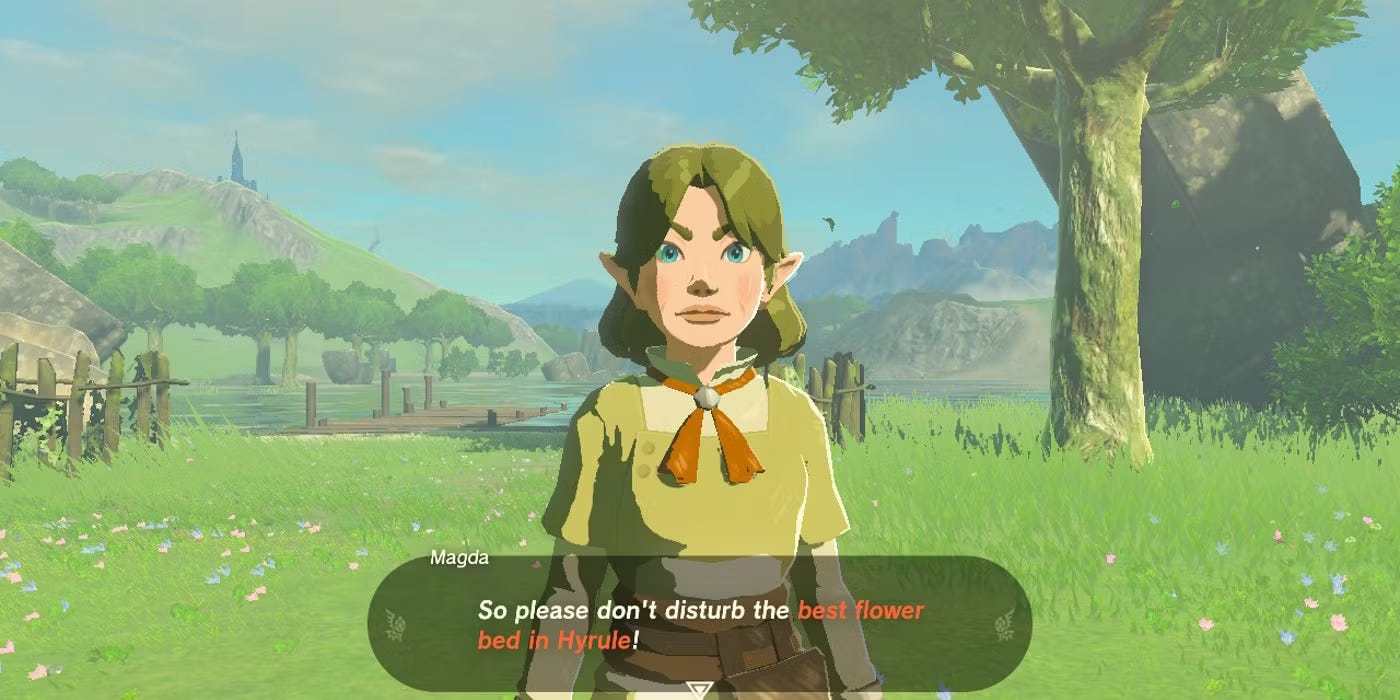
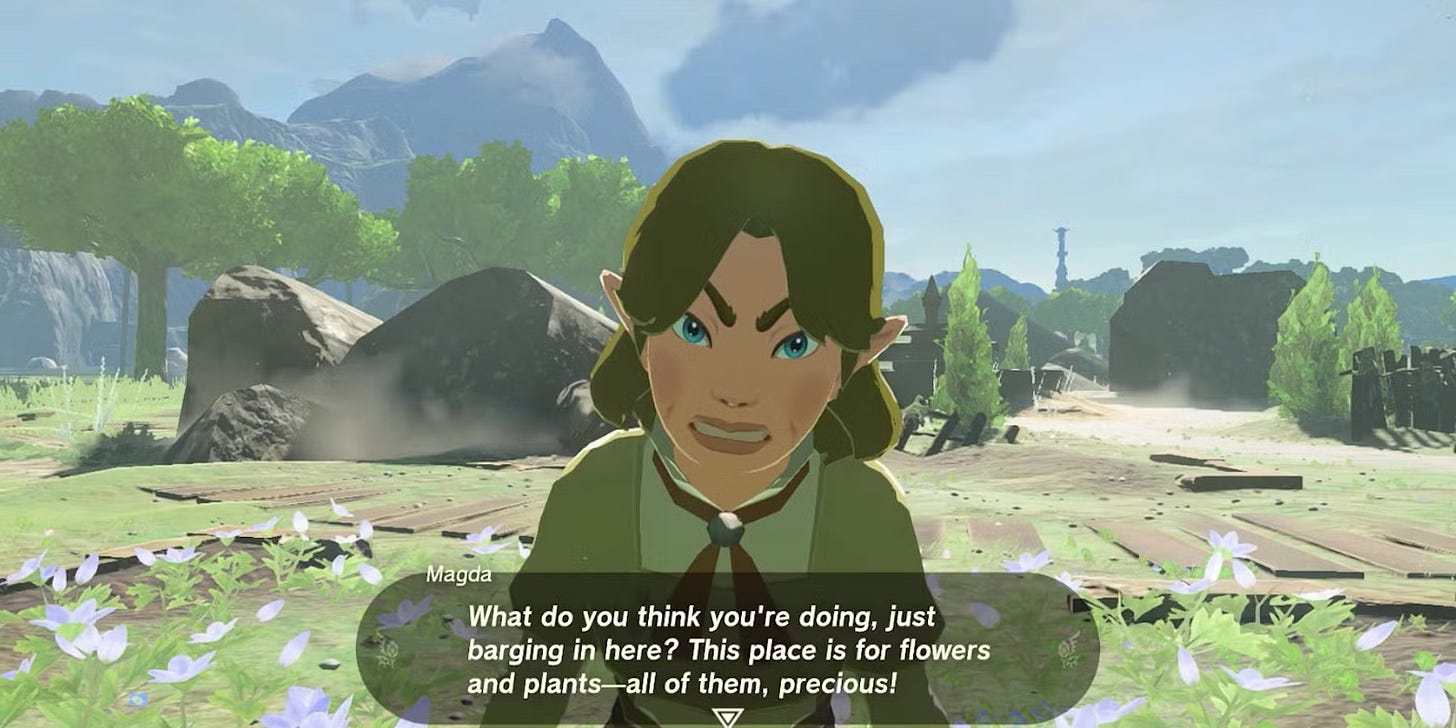




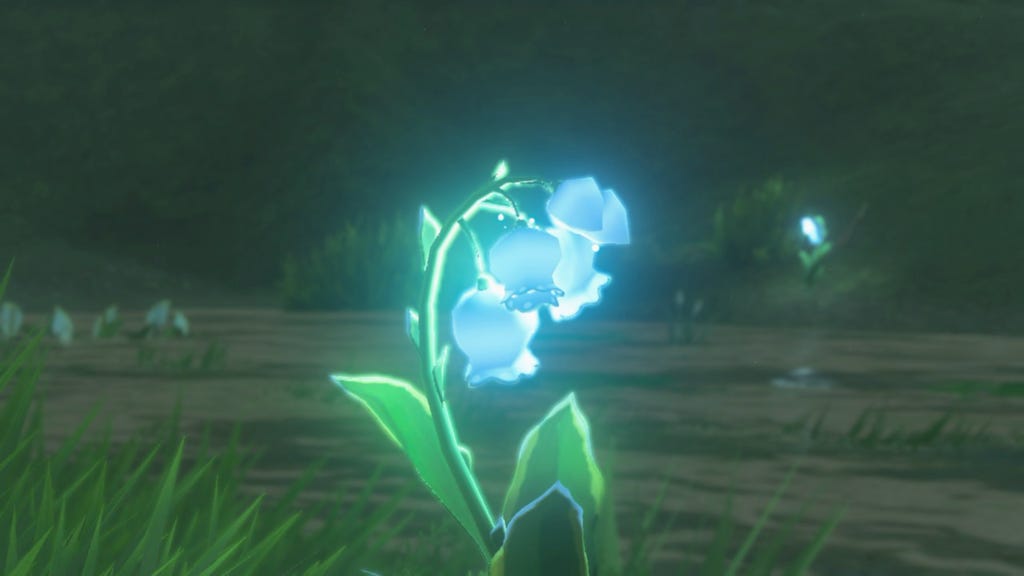



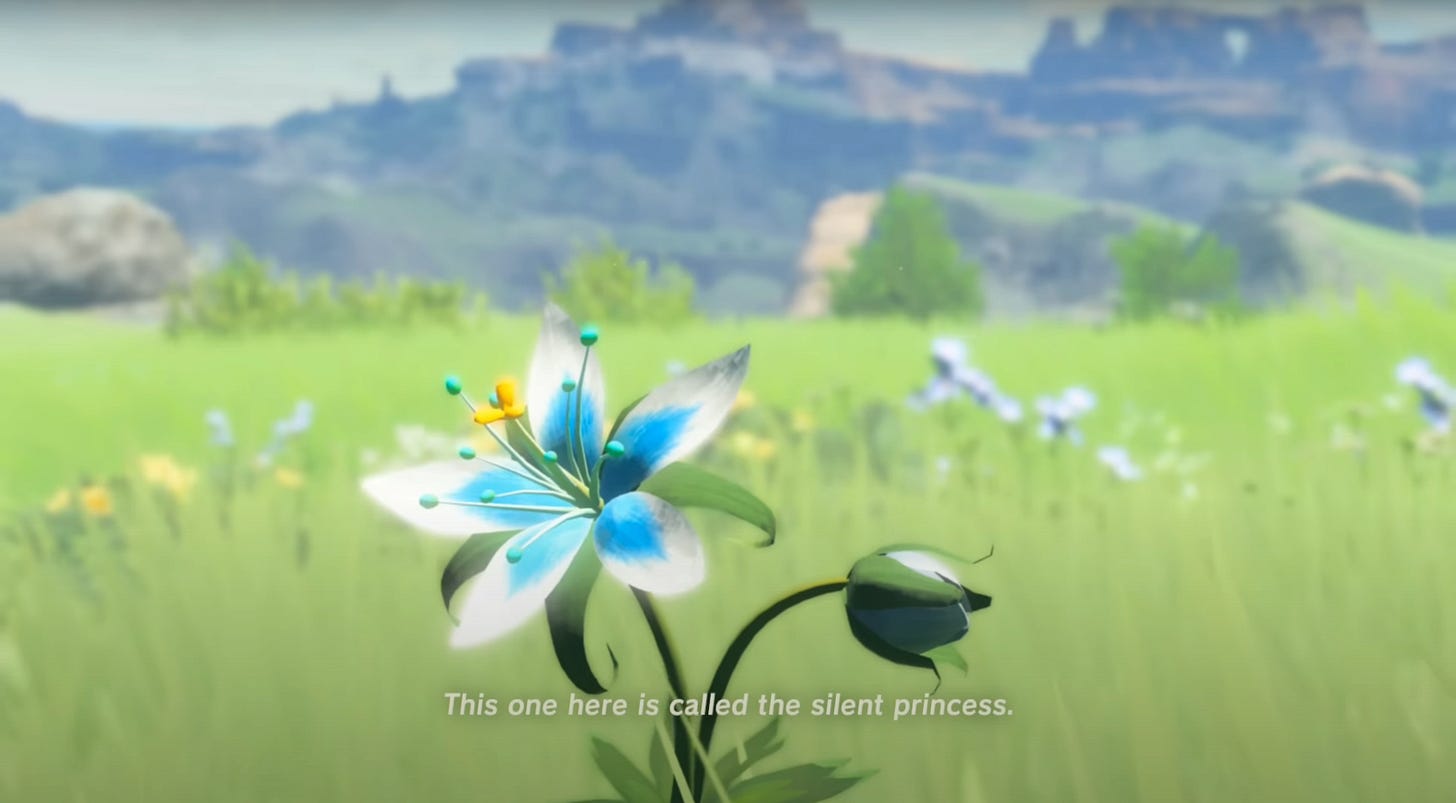

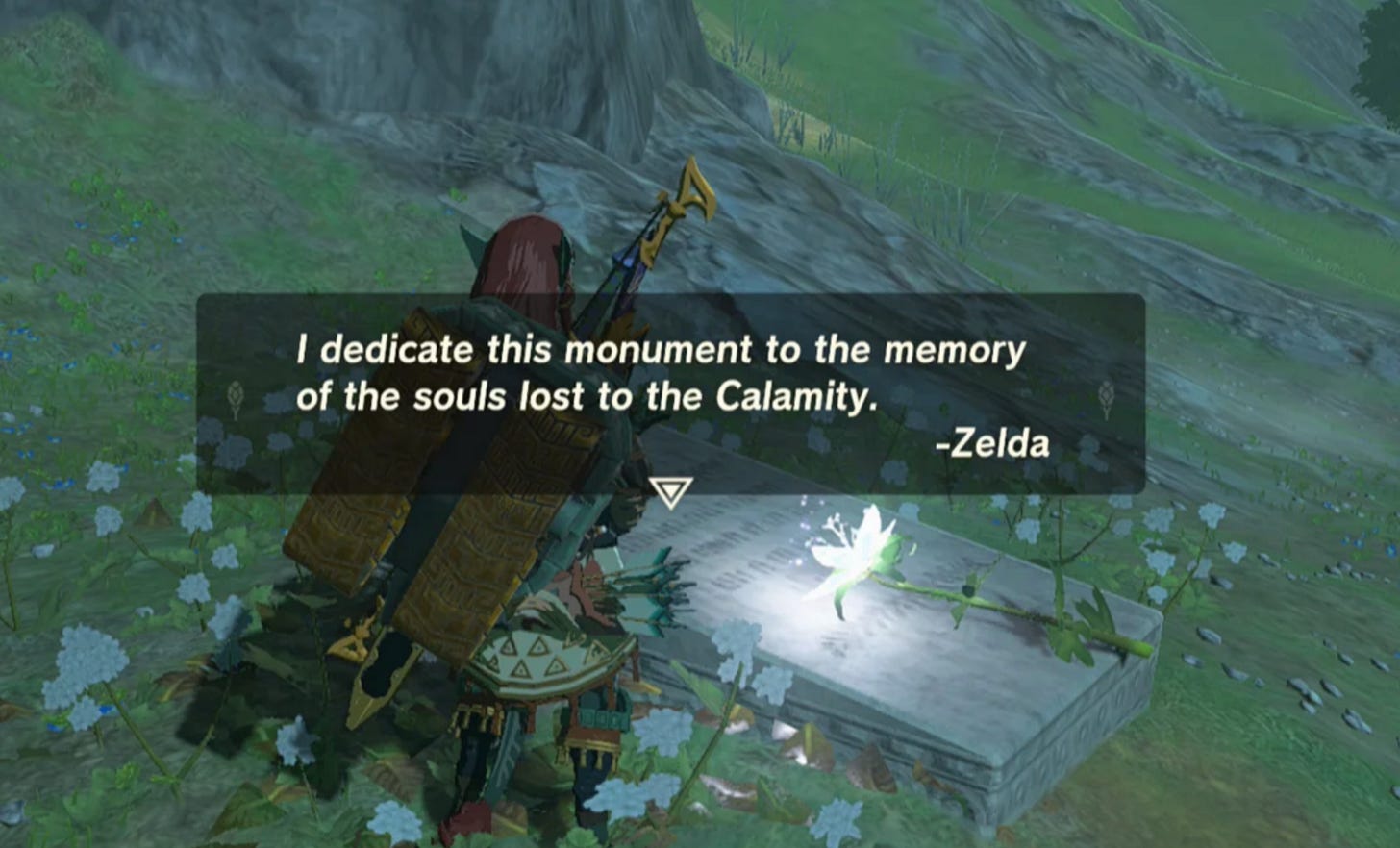


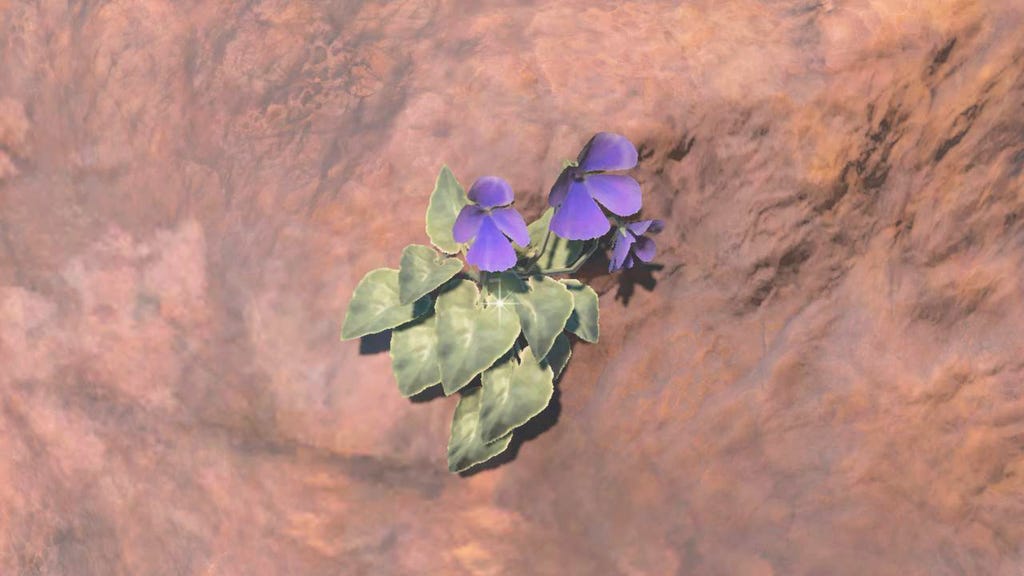







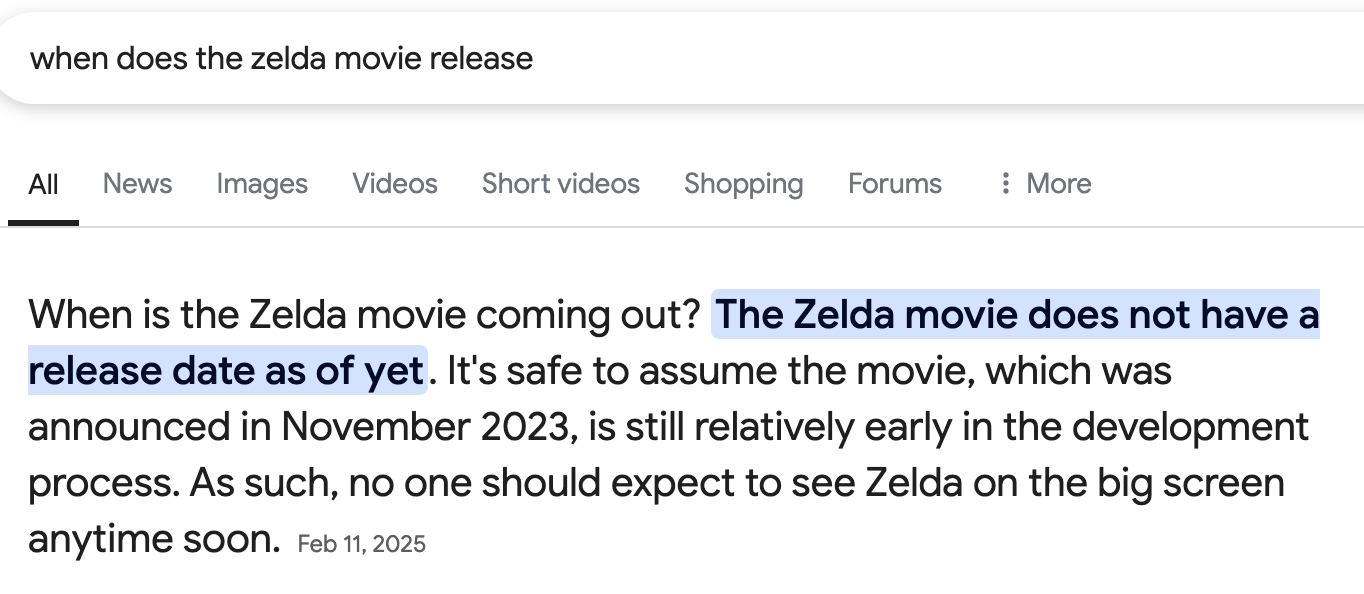




As a BOTW superfan and florist, this is everything. I was always so touched by the flowers in the game. I'm saving this to read later, and I can't wait.
Omg Iris YES this is SO fun!!!! I still have never played Zelda 😭!!! Forgive me!